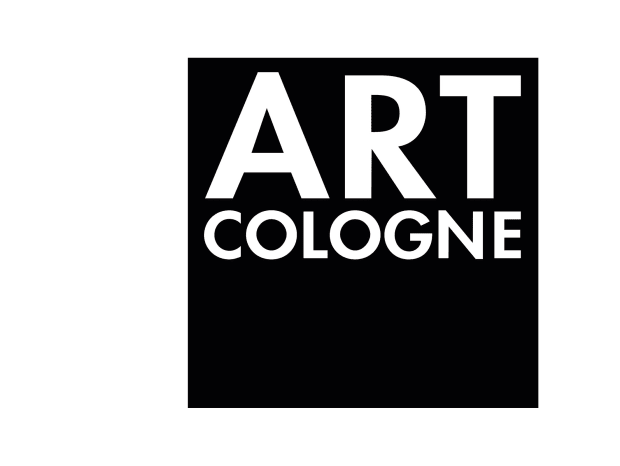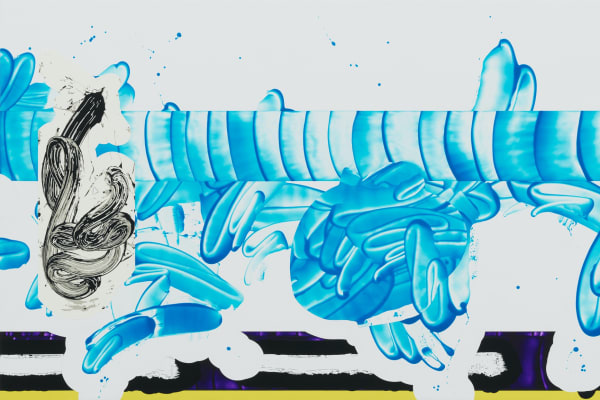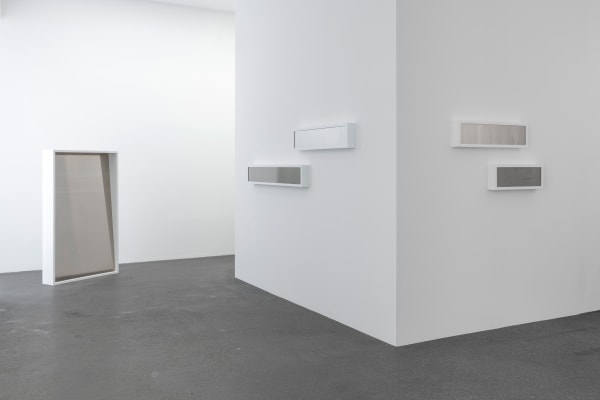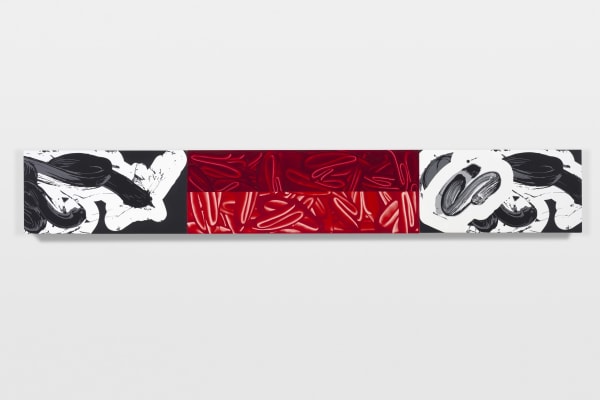-
-

-
-

David Reed
-

Keith Sonnier
-

Liz Deschenes
-

Brigitte Kowanz
-

James Turrell
-

Haroon Mirza
-

Gary Kuehn
-
-
David Reed
-
-

-

-
Keith Sonnier
-
-

-
Liz Deschenes
-

-
→ Viewing room a changing ratio | rosemarie castoro and liz deschenes
-

-
Brigitte Kowanz
-
-

-
James Turrell
-

-

-
Haroon Mirza
-
-
Gary Kuehn
-
-
-
available works
-







































